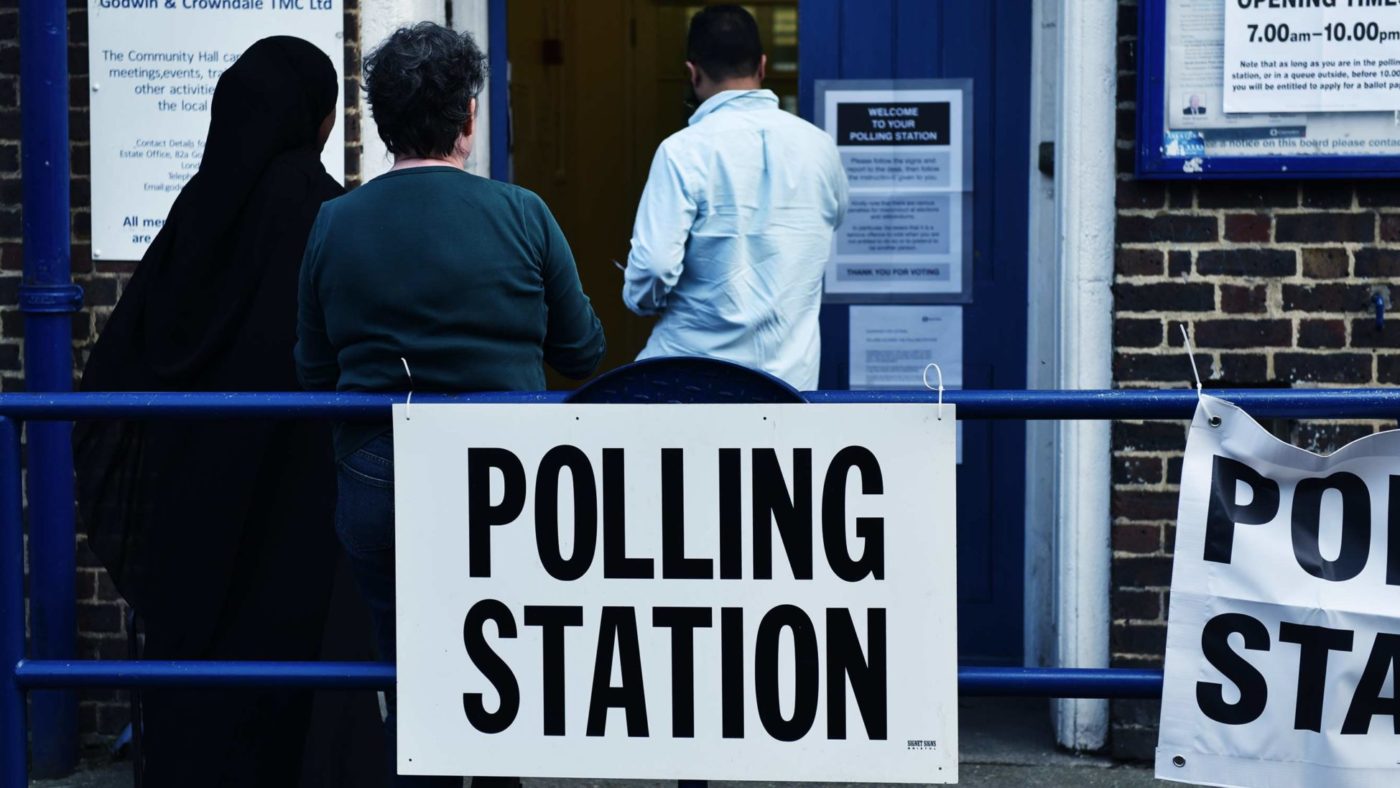The House of Commons has again opted against providing the two-thirds support needed to hold an early general election. However, it will be hard to avoid one for much longer. And although the outcome remains far from clear at this stage, it’s interesting to consider where the election is likely to be won and lost.
Thinking about different swings in different areas is a relatively recent concept. During the postwar two-party phase from 1945 to the 1970s, during which the Liberal vote share was sometimes even lower than in 2015 and 2017, swings were incredibly uniform. The national vote shares, or the first few seat results on election night, basically told the full story.
Indeed the uniformity of swing was so reliable that in 1970, the BBC conducted an exit poll (the first in Britain) in a single seat – Gravesend in Kent. This was chosen because of its representative demographics and bellwether voting history. Much like in 2015, the exit poll showed that contrary to all expectations, Ted Heath’s Conservatives had won locally on a 5% swing from Labour that, true to form, matched the national swing.
These days you can’t do that. It’s not quite 650 entirely separate elections, but there are clearly multiple dynamics at play, and therefore multiple battlegrounds.
The most obvious battlegrounds, barring something earth shattering, will be the Conservative-Labour marginals. I say “battlegrounds” in the plural, because this subset of seats has itself subdivided. In 2017, the overall swing of 2% to Labour masked some dramatic shifts in both directions, chiefly along Brexit lines, with Labour dramatically gaining seats like Kensington and Canterbury but losing seats like Mansfield and Stoke South.
In a Brexit election, that trend might be expected to continue, given the prominence of the issue. But it could also reverse, if the Tories lose more votes to the Brexit Party in Leave areas and Labour loses more to the explicitly pro-Remain parties in Remain areas.
Tactical voting will matter a lot here. It’s likely that each of the big two will be able to squeeze the smaller parties, but who will be most successful? The answer is important, and likely to vary seat-by-seat. Either way, the rotation of the political axes that has been so important during the 2010s will probably matter again.
The Conservative-Lib Dem battleground was crucial to David Cameron’s majority in 2015, and contains many areas where Labour has never been a major force. People tend to associate these contests with rural Leave-voting areas, particularly in the South West of England, and indeed many are. But they also include some leafy (and solidly Remain) suburbs like Richmond Park in London.
Lib Dem contests with Labour are less numerous than those with the Conservatives, but in many areas (generally very Remain areas like Bermondsey and Sheffield Hallam) there could be considerable movement. The Lib Dems will most definitely be on the attack given how well Labour did among Remainers in 2017.
What about the Brexit Party? It’s not UKIP, but its attack battleground will very likely look like UKIP’s did in 2015, with many of its best chances of winning seats along the East and especially around the Thames Estuary.
Regional swing variations in England have progressively become less important than demographic-driven local variation. Even London’s dramatic divergence from the rest of the country since 1992 owes more to the types of constituencies that comprise it rather than being a London effect per se.
And swings (rather than levels) in vote shares in Wales are often similar to those in England, given the stability of the Plaid Cymru share.
But Scotland’s constitutional debate has made results there both hugely significant and highly volatile (so much so that few are completely safe). The SNP won a reduced majority of Scottish seats in 2017, and will be eyeing gains. Given the intersection of the Independence and Brexit debates (and the fact that Scots have a lot of form when it comes to tactical voting), Scotland could be fascinating indeed.
Northern Ireland was crucial in 2017, largely due to the DUP’s 10 MPs providing Theresa May’s majority. And while the constitutional spotlight is firmly on, the cross-community (and pro-Remain) Alliance Party has been making headway, and projections by Electoral Calculus based on LucidTalk polling suggest it’s favourite in one of DUP-held South Belfast, and competitive in several others.
I said that it won’t quite be 650 entirely separate elections. But in some constituencies, the election will take place in something of a vacuum – specifically those with independent MPs. Short of polling these specific constituencies, it is difficult to game what will happen, or know which ones to watch.
Overall the question is whether net Conservative gains from Labour can offset expected losses to the Lib Dems and SNP by enough to get the Tories over the line. We should get an answer by Christmas.
CapX depends on the generosity of its readers. If you value what we do, please consider making a donation.


